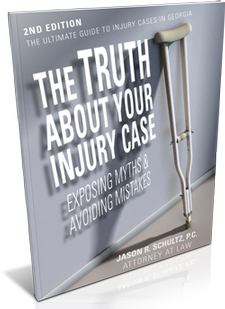2014 Seat Belt Statistics
Nationwide, about 87 percent of all drivers and passengers wore seat belts in 2014. This marks a five percent increase in seat belt use since 2005. While modest, this
increase saves lives and prevents thousands of injuries each year.
Based on known use, NHTSA statistics show that 44 percent of drivers of killed in passenger vehicle accidents during 2014 lacked a seat belt or other proper restraints. This number, however, varies based on the type of vehicle driven.
- 56 percent of pickup truck drivers killed were unrestrained
- 50 percent of SUV drivers
- 39 percent of drivers of passenger car drivers
- 35 percent of van drivers
When it comes to passengers killed, 45 percent were not wearing a seat belt at the time of the crash. These statistics also varied based on vehicle type, however. This includes:
- 62 percent of all passenger fatalities in pickup trucks
- 53 percent of SUV passengers
- 39 percent of van passengers
- 39 percent of passengers in cars
2014 Statistics for Accidents in Georgia
In the state of Georgia alone, there were 1,164 traffic fatalities during 2014. This includes 795 drivers or riders in passenger cars, 163 pedestrians, and 19 cyclists.
Of the 795 passenger vehicle accident deaths, 376 wore a seatbelt while 363 were not properly restrained. The seat belt status of the remaining 56 fatalities is unknown.
Wearing a seat belt can prevent your risk of fatal injury by 45 percent. Always buckle up every time you get behind the wheel and make sure your passengers do the same.
For more information on staying safe on Georgia roads, check out our blog.


